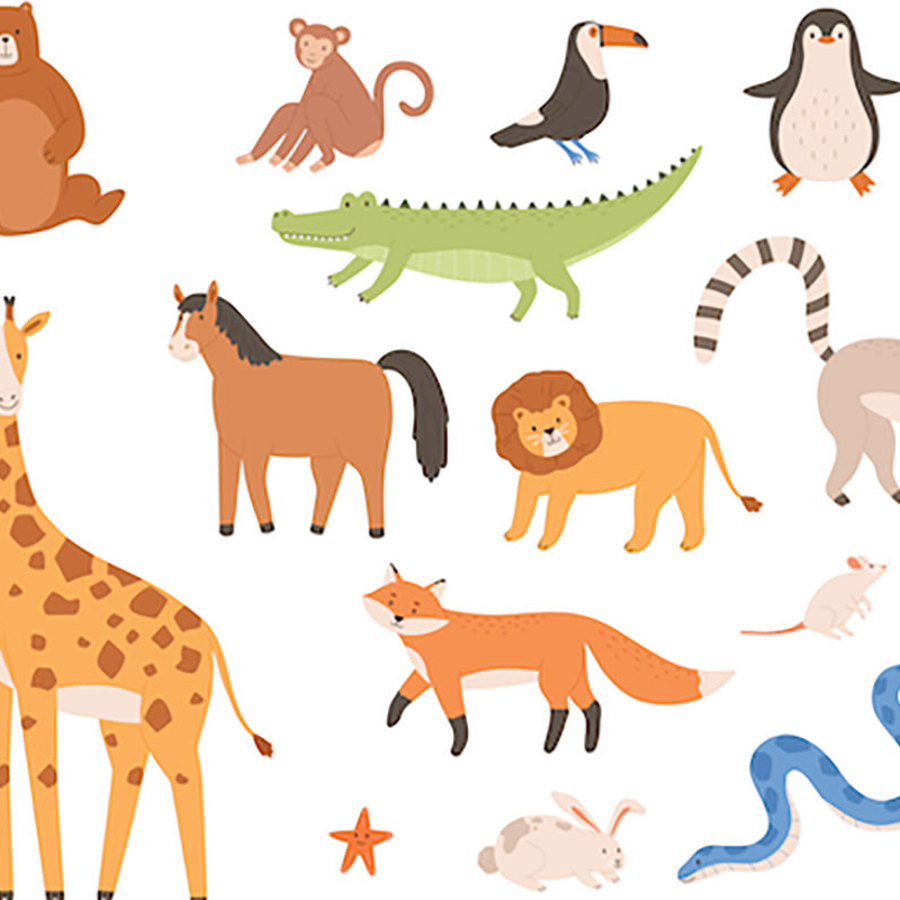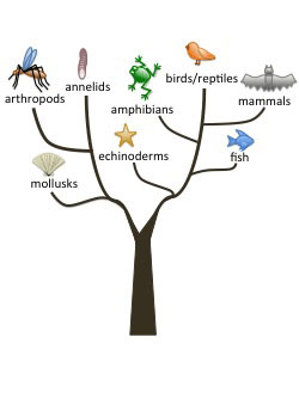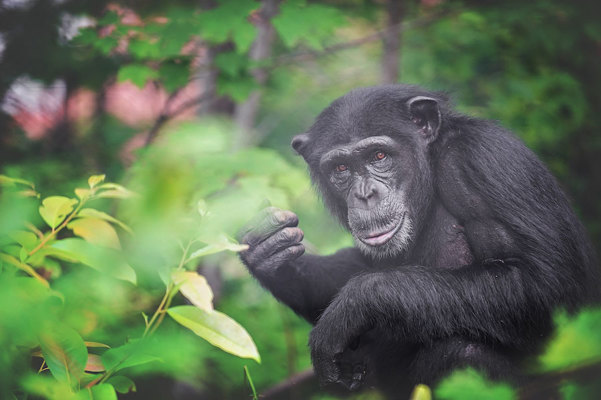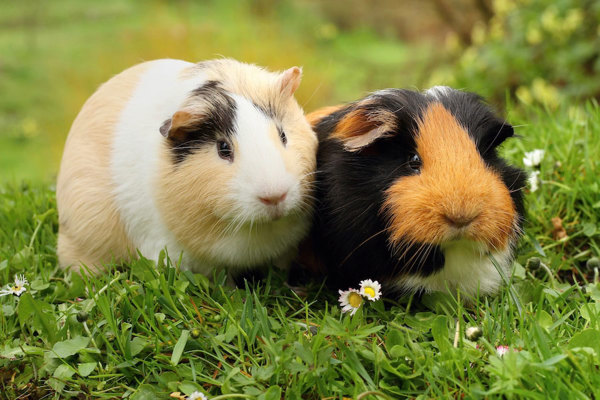
The genomes of certain animals are nearly identical. Is this because of similar heritage?
April 14, 2011

- Related Topics:
- Comparing species,
- Noncoding DNA,
- Evolution
A high school student from California asks:
“Looking over human genomes and genomes of certain animals, I found on the Human Genome Project’s website, I have found that the genomes of certain animals are nearly identical. Is it because of similar heritage, or is it because similar genes are used by nearly all species?”
Those are two reasonable ways that the genomes of different species could end up similar. But only one is probably right.
Scientists believe that genomes of certain animals are nearly identical because of similar heritage. They think this because humans and other organisms, like chimps and mice, have identical pieces of DNA that don't seem to do much of anything. In other words, we share what appears to be a lot of useless DNA.

So why do we have freeloader DNA hanging out in our cells? And how can scientists use this DNA to show similar heritage between organisms?
Genes only make up about 1% of our genome. Yes, you read that correctly. The rest of our genome is called non-coding or junk DNA.
Despite the fact that there is so much junk, we still share 95-98% of our DNA with a chimp1. And 70% with a mouse2. This means that we share lots of genes and a ton of junk DNA.

Now, I should mention that a lot of this DNA isn't really junk. Lots of it helps control when, where and how much a gene should turn on. And this DNA probably has other functions too.
But some of this DNA is true junk. It is a bunch of old viruses and dead genes, just taking up space.
What is surprising is that these DNA junkyards are more similar in closely related species. Chimps and humans share more of these nearly identical junkyards than do humans and mice for example.
As you'll see below, it is extremely unlikely that two unrelated species will end up with a dead gene that was killed in the exact same way. Or for viruses to stick themselves into the DNA of humans and chimps in the exact same place.
Before getting too deeply into this, we need to take a step back and talk about what a genome is and how it can change over time. From that we'll be able to see why common heritage explains why chimp and human DNA is so similar.
Genes + Junk = Genome
A genome is the complete recipe book for a living thing. It is the sum of all the genetic information that an organism carries.
This recipe book can be divided into chapters called chromosomes. Each chromosome contains a chunk of the genome.
Each chapter is made up of recipes for hereditary traits (genes). It also contains lots of blank pages in between that don't code for genes (non-coding or junk DNA).
So when scientists say, "Hooray! We sequenced the genome!" that means that they figured out the code of DNA along every chromosome in a cell. In addition to the human genome, scientists have sequenced chimp, mouse, fly, fish, yeast, bacterium and a few plant genomes too.
Our focus here will be the non coding or "junk" DNA. It turns out there is a lot of history, like ancient viruses and broken genes, buried in that junk.
Genetics Antique Roadshow
Believe it or not, 8% of human DNA is actually old virus DNA. Some viruses, called retroviruses, put their DNA into the DNA of the cells they infect. HIV is a virus like this.
If a virus sticks its DNA into a sperm or an egg cell, then the virus DNA will be passed on to the next generation. And since we know what these viral genomes look like, we can pick them out and study where they are.
Some of the strongest evidence for common ancestors can be found by looking at where these viruses insert themselves into a cell's DNA. See, these viruses tend to land in random places.
So when the virus inserts itself into a human cell, it has 6 billion places to choose from. The odds that two people will have the virus inserted in the same place are very small. The odds are even worse that lots of different kinds of retroviruses will all land in the exact same place in two different people.
And yet, when we look at the old viruses hanging out in our DNA, we see that this is exactly what happened for lots of these viruses. In fact, chimps and humans share way too many of these old viruses that inserted themselves in the same place for it to be by chance. Common ancestry is the only reasonable explanation.
Dead Genes in Sheep’s Clothing
As you've seen so far, our genomes are littered with the corpses of dead viruses. But there are also a lot of dead genes in there too. And these dead genes provide more evidence of common ancestry.
Scientists call these dead genes pseudogenes. They are like public payphones. Many years ago they served a purpose but now they have gum in the coin slot and are never used.
The abandoned payphones remain on the street corner, reminding people of how phone calls used to be made. Similarly, the pseudogene sits in the genome, collecting dust, being junk DNA.
An example of a pseudogene showing shared inheritance is GULO. GULO is one of the genes responsible for making Vitamin C3. Most mammals can make their own Vitamin C but primates such as humans and chimps cannot.
It turns out that there is a single DNA change (or mutation) that is shared by all primates in their GULO gene. This causes GULO to be inactive for all primates.
Again the odds of the same change happening in these different species at different times are pretty close to zero. Especially since there are many ways to kill a gene. In fact, there is more than one way to kill a GULO.
Guinea pigs can't make Vitamin C because they have a broken GULO gene too. But theirs is broken in a different spot3.

So we have the GULO gene getting knocked out in different ways in different animals. The closely related animals (chimps, us, gorillas, etc.) have the same broken GULO gene. More distantly related relatives had their GULO broken in a different way. And most mammals have a GULO that works perfectly fine.
Such shared mutations in pseudogenes and ancient virus DNA in our genome provide strong evidence for shared common ancestry. It is certainly not because of similar genes used by similar species.

Author: Carrie Metzinger
When this answer was published in 2011, Carrie was a Ph.D. candidate in the Department of Biology, studying plant cell fate and patterning in Dominique Bergmann's laboratory. Carrie wrote this answer while participating in the Stanford at The Tech program.
 Skip Navigation
Skip Navigation
